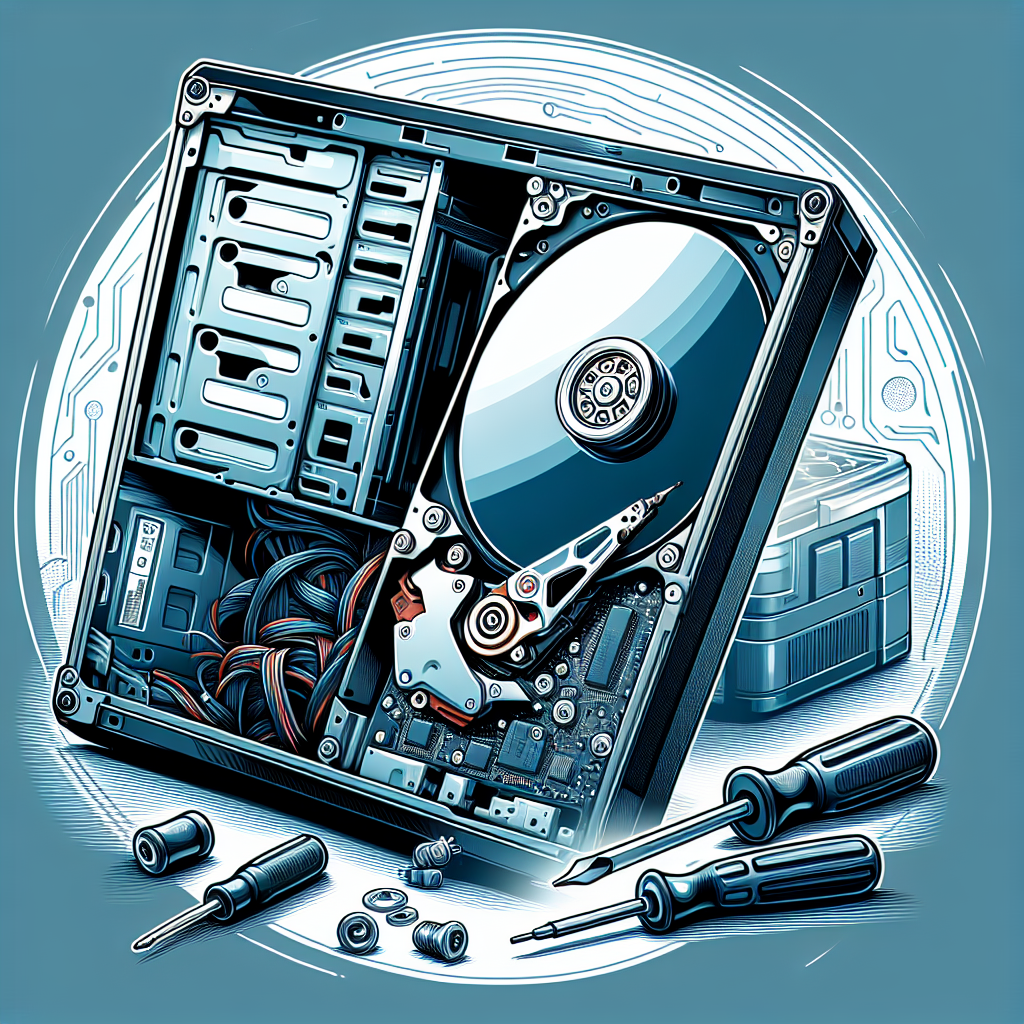If your computer is running slow and you’re constantly running out of storage space, it may be time to upgrade your hard disk drive (HDD) for improved performance. Upgrading your HDD can not only increase storage capacity, but also improve the overall speed and efficiency of your computer.
Here are some steps to help you upgrade your computer’s hard disk drive:
1. Determine the Type of Hard Drive: Before you start the upgrade process, you need to determine the type of hard drive your computer currently has. Most computers use either a traditional HDD or a solid-state drive (SSD). SSDs are faster and more reliable than HDDs, so if your computer doesn’t already have an SSD, consider upgrading to one for improved performance.
2. Backup Your Data: Before you begin the upgrade process, it’s important to back up all of your important data. This will ensure that you don’t lose any files or data during the upgrade process. You can back up your data using an external hard drive, a cloud storage service, or a backup software program.
3. Purchase a New Hard Drive: Once you’ve backed up your data, it’s time to purchase a new hard drive. Make sure to choose a hard drive that is compatible with your computer’s specifications. If you’re upgrading to an SSD, make sure to choose one that fits in your computer’s drive bay and has enough storage capacity for your needs.
4. Install the New Hard Drive: To install the new hard drive, you’ll need to open up your computer’s case and locate the old hard drive. Remove the old hard drive and replace it with the new one, making sure to connect all cables securely. If you’re installing an SSD, you may also need to install mounting brackets or adapters to secure the drive in place.
5. Transfer Your Data: Once the new hard drive is installed, you’ll need to transfer your data from the old drive to the new one. You can do this by using a data migration tool or by manually transferring files using a USB drive or external hard drive.
6. Set Up Your New Hard Drive: Once your data is transferred, you’ll need to set up your new hard drive. This may involve partitioning the drive, formatting it, and reinstalling your operating system and software programs. Make sure to follow the manufacturer’s instructions for setting up the new hard drive.
By following these steps, you can upgrade your computer’s hard disk drive for improved performance and storage capacity. With a new hard drive, your computer will run faster and more efficiently, allowing you to work and play without any slowdowns or storage issues.

Leave a Reply
You must be logged in to post a comment.